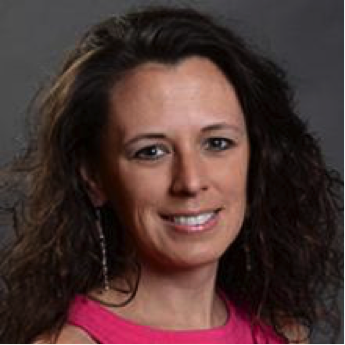By Shianna Gibbons
Language courses are required for most degrees at Youngstown State University and new research may affect how second languages are taught.
Second language acquisition is when an individual learns a second language. There are different theories on how an individual learns and processes a second language and how this differs from their first language.
Jennifer Behney, an associate professor in the department of English and World Languages, is researching second language acquisition. The first, and more theoretical part, identifies the differences between native speakers of languages and second language learners. The second part identifies a solution and recommendation for teaching.
“[My research] has to do with the teaching of second languages, and how we can teach them more effectively, so that [students] learn those second languages better and to a higher degree of proficiency,” Behney said.
Behney said she started this project with two Italian professors when the journal, Language Learning, called for repeat studies in second language acquisition.
“We contacted the journal editors, and they put us in contact with two researchers in Bosnia, and the five of us met to determine the project,” Behney said. “It’s already been accepted for publication, and this journal tends to be pretty top-tier. It’s one of the best linguistics journals, so we’re excited.”
Behney’s project focuses on feedback and corrective action teachers give their students in the classroom. She said the study compares recast and prompt correction and which is most effective for learning languages.
“Recast is where the teacher repeats the student’s sentence and corrects the error,” Behney said. “Prompt is where there’s more work on the student’s part. The teacher will repeat the sentence and pause at the error, eliciting the student to correct the error themselves.”
The research includes two different groups Bosnia-Herzegovina, and Italy. The Italian group, ę — Behney’s research group — is learning English as their second language, and the participants were learning past-tense regular and irregular verbs.
Behney said her research differs from most second language acquisition because it focuses on the age demographic least represented in these studies: young teens and early high school students.
“We find that too much of our research has been with [young children and] college-age students,” Behney said. “We want to see if there are differences because it’s a cognitively, linguistically and socially different group, a kind of in-between.”
Behney’s research is also unique because it studies a different population learning a second language.
“There’s too much emphasis on North America or Northern European college kids learning Spanish or English,” Behney said. “Ours is learning English, but other projects in the journal are doing other languages that are less commonly researched.”
Behney’s research data collection was supposed to start in March 2020 but was pushed back and delayed because of the pandemic. Behney and her team finally collected the data during spring break in March 2022.
“So we have the first half of the paper written and accepted,” Behney said. “Now we’re analyzing all the data, and we need to write up the results and then have a discussion which is a significant part of the paper.”
Behney said she and her colleagues would likely be invited to speak at the American Association of Applied Linguistics Conference next spring in Portland.


